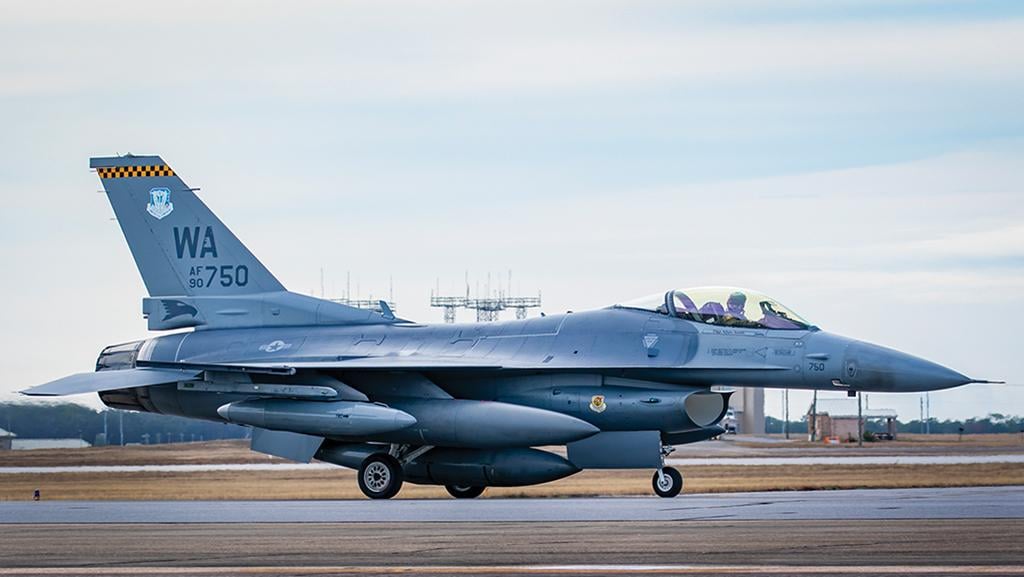
The U.S. Air Force will start modifying F-16s to serve as autonomy testbeds; collaborative combat aircraft are set to enter service by the end of fiscal 2028.
Credit: David Shelikoff/U.S. Air Force
A dedicated fleet of flying testbeds may soon inject the next level of realism into combat training for the artificial intelligence-generated pilots that the U.S. Air Force expects will be ready for operational service by the end of fiscal 2028. Artificial intelligence (AI) pilot training for the...
USAF VENOM Delivery Launches New Path For Autonomy Development is available to both Aviation Week & Space Technology and AWIN subscribers.
Subscribe now to read this content, plus receive critical analysis into emerging trends, technological advancements, operational best practices and continuous updates to policy, requirements and budgets.
Already a subscriber to AW&ST or AWIN? Log in with your existing email and password.





